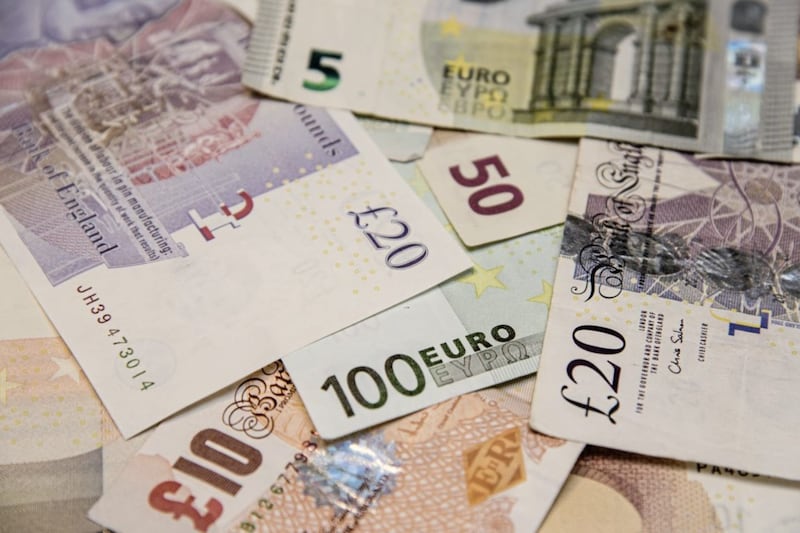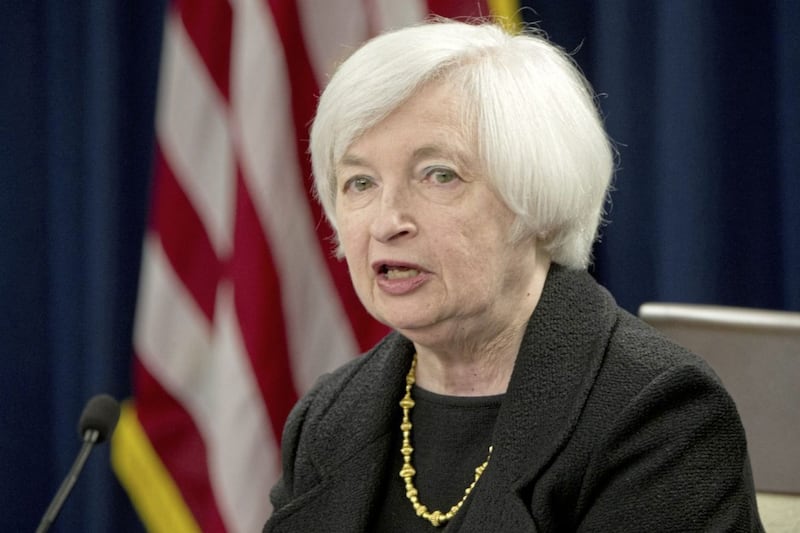IT'S has been a tough summer so far for the US dollar. The softer tone to the currency that started to set in over the first half of the year has gathered further momentum over the last two months. Increasing uncertainty over the ability of the Trump administration to implement any sort of meaningful fiscal stimulus has played a key role in the wind being taken out of the dollar’s sails.
In addition, soft US inflation numbers, have reinforced the financial markets less hawkish expectations of Federal Reserve policy tightening. Since the start of June, the US currency has fallen in the region of 2-4 per cent against a raft of global currencies - including the euro, sterling, as well as the Canadian, Australian and New Zealand dollars. In level terms this is reflected in euro hitting an over two year high above $1.17 and sterling trading up near $1.31, while the dollar index has fallen to a one-year low.
Meanwhile, a steady flow of consensus beating macro data, reduced political risk, as well as signs that the European Central Bank (ECB) is taking gradual steps towards a more neutral policy stance, have combined to create a supportive environment for the single currency.
For the dollar to regain its mojo, it will likely need both monetary and fiscal policy to play a role. But the prospect of a near-term fiscal stimulus from the Trump administration has greatly diminished, while it could be well into next year before it becomes clear if the financial markets are underestimating the extent of Fed tightening. Thus, the dollar could remain on the back foot over the coming months, with the euro/dollar pair in a $1.15-1.20 range.
Firmer US data in recent months, as evidenced by GDP rising by 2.6 per cent on an annualised basis in the second quarter (from 1.2 per cent) and solid jobs growth, have not been of much support to the dollar. In the week ahead, US payrolls are forecast to show a further strong rise of somewhere close to 187,000 in July. The unemployment rate is anticipated to have edged down to 4.3 per cent - a 16-year low. Despite the tightening labour market, wage growth has remained relatively subdued. We also get some July survey indicators in the form of the ISMs. They look set to remain consistent with solid growth.
Closer to home, the focus will be on the August edition of the Bank of England’s ‘Super Thursday’. This includes the policy decision, minutes from the meeting, inflation report and Governor Mark Carney's press conference. The June meeting provided something of a hawkish surprise, with three of the eight Monetary Policy Committee (MPC) members voting for a rate hike, while the committee noted its “reduced tolerance” for above target inflation. Subsequent comments from a number of MPC members were viewed as being somewhat hawkish.
More recently, though, UK inflation has slowed (from 2.9 per cent to 2.6 per cent in June), while GDP in the second quarter confirmed that growth remained subdued. This has reduced market speculation of a near-term UK interest rate hike. The MPC will likely indicate this week that it is leaving its policy options open - given the uncertain outlook.
In the eurozone, GDP data for the second quarter is the main release. Data in the quarter suggested the economy maintained its stronger momentum. GDP is expected to rise by 0.6 per cent in the quarter, matching its performance from the previous three months. Year-on-year growth is anticipated to rise to 2.1 per cent - its strongest rate in over six years.






